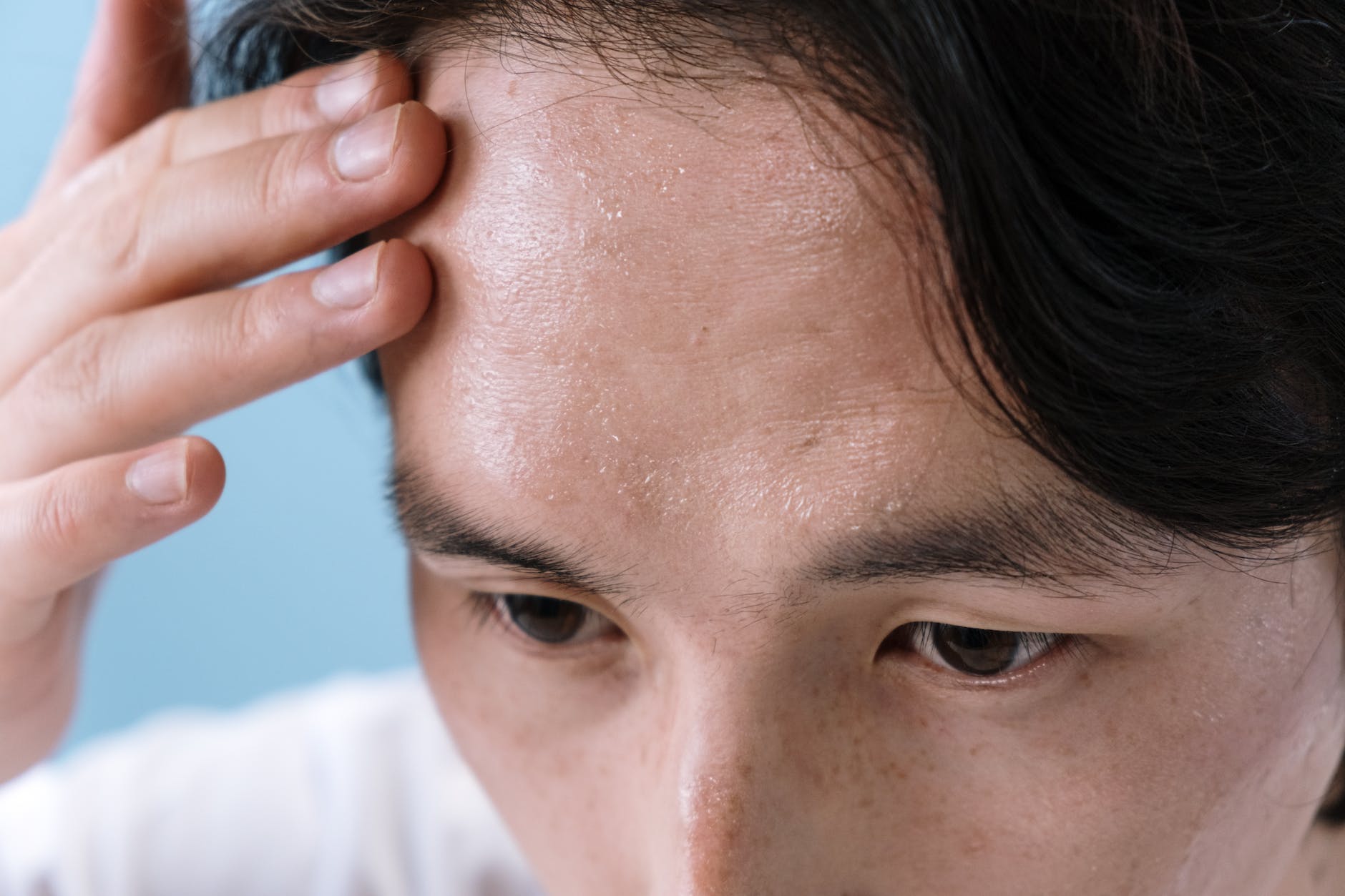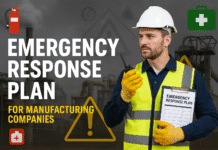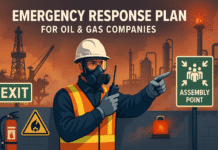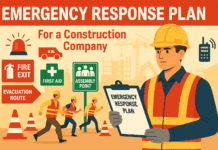
Heat Illness Prevention: Recognizing Early Signs and Administering First Aid Measures
Introduction
As temperatures rise, the risk of heat-related illnesses becomes a significant concern, especially in hot climates or during intense physical activities. Heat illnesses range from mild conditions like heat cramps to severe emergencies like heatstroke. Recognizing early signs and promptly administering first aid measures are critical in preventing the escalation of heat-related issues. This article delves into essential practices for heat illness prevention, emphasizing the importance of early recognition and appropriate first aid interventions.
Understanding the Spectrum of Heat-Related Illnesses
- Heat Cramps
- Mild Condition: Heat cramps are typically the mildest form of heat-related illness, characterized by muscle spasms and pain.
- Causes: Dehydration and electrolyte imbalances contribute to the development of heat cramps.
- Heat Exhaustion
- Symptoms: Symptoms include heavy sweating, weakness, nausea, and a rapid, weak pulse.
- Cautionary Signs: Heat exhaustion can progress to heatstroke if not addressed promptly.
- Heatstroke
- Medical Emergency: Heatstroke is a severe condition requiring immediate medical attention.
- Symptoms: Symptoms include a high body temperature, confusion, rapid heartbeat, and potential loss of consciousness.
Early Recognition of Heat-Related Symptoms
- Monitoring Body Temperature
- Regular Checks: Regularly monitor your body temperature, especially during outdoor activities in high-temperature environments.
- Use of Thermometers: Use a thermometer to measure body temperature accurately.
- Observing Physical Symptoms
- Excessive Sweating: Profuse sweating is a common early sign of heat-related stress.
- Pale or Flushed Skin: Changes in skin color, either paleness or flushing, can indicate heat-related issues.
- Assessing Mental State
- Confusion or Dizziness: Mental confusion, dizziness, or disorientation are concerning signs that warrant immediate attention.
- Irritability: Unusual irritability or agitation may be indicative of heat-related stress.
First Aid Measures for Heat-Related Illnesses
- Heat Cramps
- Move to a Cooler Place: Immediately move to a cooler environment.
- Hydration: Rehydrate with water or electrolyte-containing drinks.
- Gentle Stretching: Gently stretch and massage the affected muscles.
- Heat Exhaustion
- Rest and Cooling: Rest in a cool place and cool the body using fans, damp cloths, or a cool bath.
- Hydration: Rehydrate with water or oral rehydration solutions.
- Loose Clothing: Wear lightweight and loose-fitting clothing.
- Heatstroke
- Emergency Response: Call emergency services immediately.
- Cooling Measures: While waiting for help, initiate cooling measures such as placing ice packs on the neck, armpits, and groin.
- Avoid Oral Hydration: In cases of altered consciousness, avoid offering fluids orally.
Preventive Measures to Minimize Heat-Related Risks
- Hydration Practices
- Regular Water Intake: Stay consistently hydrated by drinking water regularly, especially during physical activities.
- Avoid Dehydrating Substances: Limit the consumption of dehydrating substances like caffeine and alcohol.
- Appropriate Clothing Choices
- Lightweight and Breathable: Wear lightweight, loose-fitting, and breathable clothing to facilitate heat dissipation.
- Hats and Sunscreen: Use hats and sunscreen to protect against direct sunlight.
- Scheduling Outdoor Activities
- Optimal Timing: Schedule outdoor activities during cooler parts of the day, such as early mornings or evenings.
- Frequent Breaks: Take regular breaks in shaded or cooler areas during extended outdoor activities.
Educational Initiatives and Workplace Training
- Employee Training Programs
- Heat Illness Workshops: Conduct workshops to educate employees on recognizing heat-related symptoms and appropriate preventive measures.
- Emergency Response Plans: Ensure employees are familiar with emergency response plans in the event of severe heat-related incidents.
- Public Awareness Campaigns
- Community Outreach: Engage in public awareness campaigns to educate communities about heat illness prevention.
- Information Dissemination: Distribute informational materials and guidelines through community centers, schools, and public spaces.
Conclusion
Preventing heat-related illnesses requires a combination of early recognition, effective first aid measures, and proactive preventive strategies. By understanding the spectrum of heat-related conditions, individuals can take steps to minimize risks and promote a safer environment during hot weather or strenuous activities. Education, awareness, and workplace training further contribute to a collective effort in preventing and addressing heat-related issues.
Safety Training Program Evaluation: Measuring Effectiveness and Impact
Psychosocial Risk Assessment in the Workplace: Addressing Mental Health Concerns
Root Cause Analysis (RCA): Identifying and Addressing Underlying Causes of Safety Incidents
Risk Assessment and Hazard Identification: A Key Responsibility for Safety Officers
Personal Protective Equipment (PPE): Selection, Usage, and Maintenance for Safety Officers
Frequently Asked Questions (FAQs)
- What are the common heat-related illnesses, and how do they differ?
- Common heat-related illnesses include heat cramps, heat exhaustion, and heatstroke. They vary in severity, with heatstroke being a medical emergency requiring immediate attention.
- How can individuals recognize early signs of heat-related symptoms?
- Monitoring body temperature, observing physical symptoms like excessive sweating or changes in skin color, and assessing mental states such as confusion or dizziness can help recognize early signs.
- What are the first aid measures for heat-related illnesses?
- First aid measures include moving to a cooler place, hydration, gentle stretching for heat cramps, rest and cooling for heat exhaustion, and emergency response and cooling measures for heatstroke.
- What preventive measures can be taken to minimize heat-related risks?
- Preventive measures include staying hydrated, wearing appropriate clothing, scheduling outdoor activities during optimal times, and conducting educational initiatives to raise awareness.
- How can workplaces contribute to heat illness prevention?
- Workplaces can implement employee training programs, conduct workshops on heat illness prevention, establish emergency response plans, and prioritize employee well-being during hot weather or strenuous activities.
























